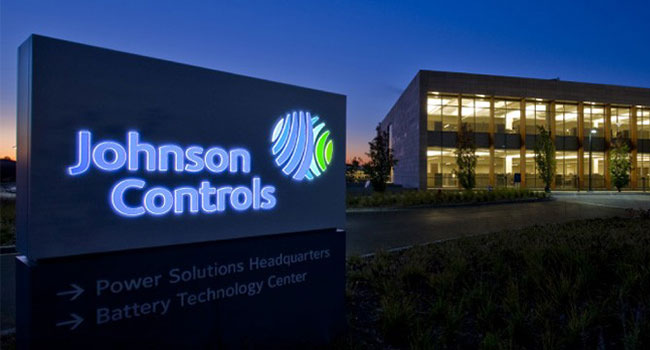
Johnson Controls to Combine with Tyco in Tax-Inversion Deal
- By Sydny Shepard
- Jan 25, 2016
Johnson Controls Inc. and Tyco International PLC agreed to merge in an inversion deal that will place the combined company’s headquarters in Ireland.
Under terms of the agreement, Johnson Controls will own about 56 percent of the merged company. The new firm will be renamed Johnson Controls PLC and maintain Tyco’s Irish legal domicile.
So-called inversion deals, in which U.S.-based companies acquire foreign-based businesses to take advantage of the more favorable tax status, have become more popular – and controversial – in recent years.
The companies said the merged entity would save at least $150 million a year on taxes and at least $500 million in costs over the first three years after the completion of the deal.
Johnson Controls Chief Executive Alex Molinaroli will lead the combined firm for 18 months after the tie-up is complete. After that term, Tyco CEO George Oliver will become CEO and Mr. Molinaroli will become executive chairman for a year, after which Mr. Oliver will become chairman and CEO.
Molinaroli called the deal the next step in Johnson Controls’ transformation. Baird analyst David Leiker said in a note that the additions of Tyco’s fire-safety and security products and services are attractive with meaningful customer and geography overlap, coupled with significant revenue and cost synergies.
Johnson Controls, based in Milwaukee, produces auto seating and heating, ventilation and air-conditioning equipment, and replacement batteries for cars, among other things. Tyco focuses on fire, security and video surveillance for commercial buildings through brands such as American Dynamics, Chemguard and Sensormatic.
With Tyco’s security and fire suppression business lines, Johnson Controls would expand its equipment and services for commercial buildings where developers and building managers often look for suppliers with broad product lines. The company already provides heating and air conditioning gear under the York brand and climate-control systems.
The deal is expected to be completed by the end of 2016.
About the Author
Sydny Shepard is the Executive Editor of Campus Security & Life Safety.